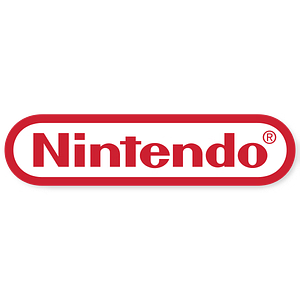Logo Colors and Meanings:
1. Red.
Red signifies strength, determination, and power. Using red in your logo tells customers that your business is a force to be reckoned with, or that you have confidence in your goods and brand. Red is also associated with love and erotic feelings, making this a good color to use for a product or service related to these emotions.
Red is considered an effective color to use when calling customers to action. As such, it is often used in advertising for high-energy concepts such as sports and fast cars.




2. Orange.
Orange inspires feelings of motivation, positivity, and enthusiasm. It is a warm color without the intensity of a color like red. Orange has been shown to stimulate mental activity, and as such, is used by brands that are creative and playful.
Orange is generally well-received by younger people. It is also often associated with healthy food and citrus, making it an excellent color to use for a food brand.




3. Yellow.
Yellow is widely considered the color of happiness and positivity, as it is associated with the sun. Similar to orange, yellow inspires mental activity and stimulates the brain. The color stands out well against darker backgrounds and generally grabs attention.
Men tend to view yellow as a childish color, so it would be ill-advised to use yellow for masculine, upscale products. The color would work well for products aimed at children, however.




4. Green.
Green is often associated with nature and healthy food, as thriving plants are usually green. As such, this is an excellent color to use when promoting eco-friendly, organic, or health-focused products.
Green is very comfortable on the human eye, making it somewhat relaxing to look at. As such, green can be used to indicate safety. Darker shades of green are linked to money and success, making it a great choice when conveying a company's status.




5. Blue.
Blue is a cool and relaxing color, making viewers feel at ease. The color is known to inspire feelings of trust. Blue has also been used to convey wisdom, trust, and confidence. Because blue is the same color as the ocean and sky, this color is perfect to use for brands related to flight, water, or sailing.
Blue is often considered a masculine color and is used for products aimed at men. Dark blue is perceived as a serious color, and does well for logos related to technology and intelligence.




6. Purple.
Purple has proven incredibly popular among children and is commonly associated with creativity, mystery, and magic. Historically, purple was known as the color of royalty, and some shades can convey nobility, dignity, and luxury.
Because of its composition, purple has some of the romantic connotations of red but with a calmer undertone, thanks to blue influences. Light purple has worked well for products aimed at women.




7. Black.
Black is considered a serious, formal, and classy color. It is associated with formality and structure. There are some negative connotations to black, predominantly related to death and the unknown.
As a background color, black allows many other colors to pop. When paired with other "serious" colors such as red or orange, your logo will have an air of authority and power.




8. White.
White is an overwhelmingly positive color, with links to purity, cleanliness, peace, and innocence. It works well for brands related to health care, thanks to its association with sterility. White is also considered a simple color without flaws.
Because clouds are white, many people think of white as being heavenly. It is also the color of milk, and would do well for a dairy product logo.




9. Brown.
Arguably the most common association with brown is chocolate. A close competitor is coffee, making this the perfect color for a logo for either product. Brown is a warm color and is linked to feelings of comfort and stability.
Brown is a common color in nature, making it a great choice for natural or earthy products. Soil is brown, so a brand that sells produce or plants may benefit from using brown in its logo.




10. Pink.
Pink is commonly considered a feminine color with links to youth, romance, and calmness. The color is often associated with elegance and sophistication. Lighter shades of pink can come across as childish.
Deeper shades of pink are linked more strongly to red, sharing connotations of love and seduction. Dusty pink is considered a more mature shade than pastels. Bright pink often conveys energy, fun, and excitement.




20 Red Logos for You to Use and Customize







